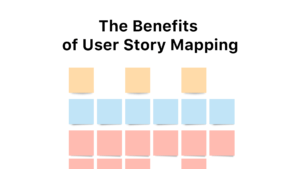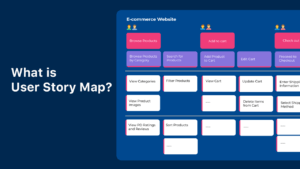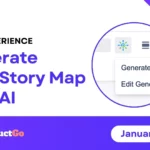User Story Maps provide numerous benefits for product development teams, including a better understanding of user needs and experiences, improved collaboration and alignment among team members, increased focus on delivering value to users, ability to prioritize features and make data-driven decisions, improved customer satisfaction and user engagement, better visualization of the user journey and product features, enhanced communication and storytelling, better identification of pain points and areas for improvement, improved product design and development processes, and the ability to make informed decisions about the product roadmap and development priorities. By using User Story Maps, teams can gain a deeper understanding of their users and their needs, which can lead to better product design, improved user experiences, and increased success.
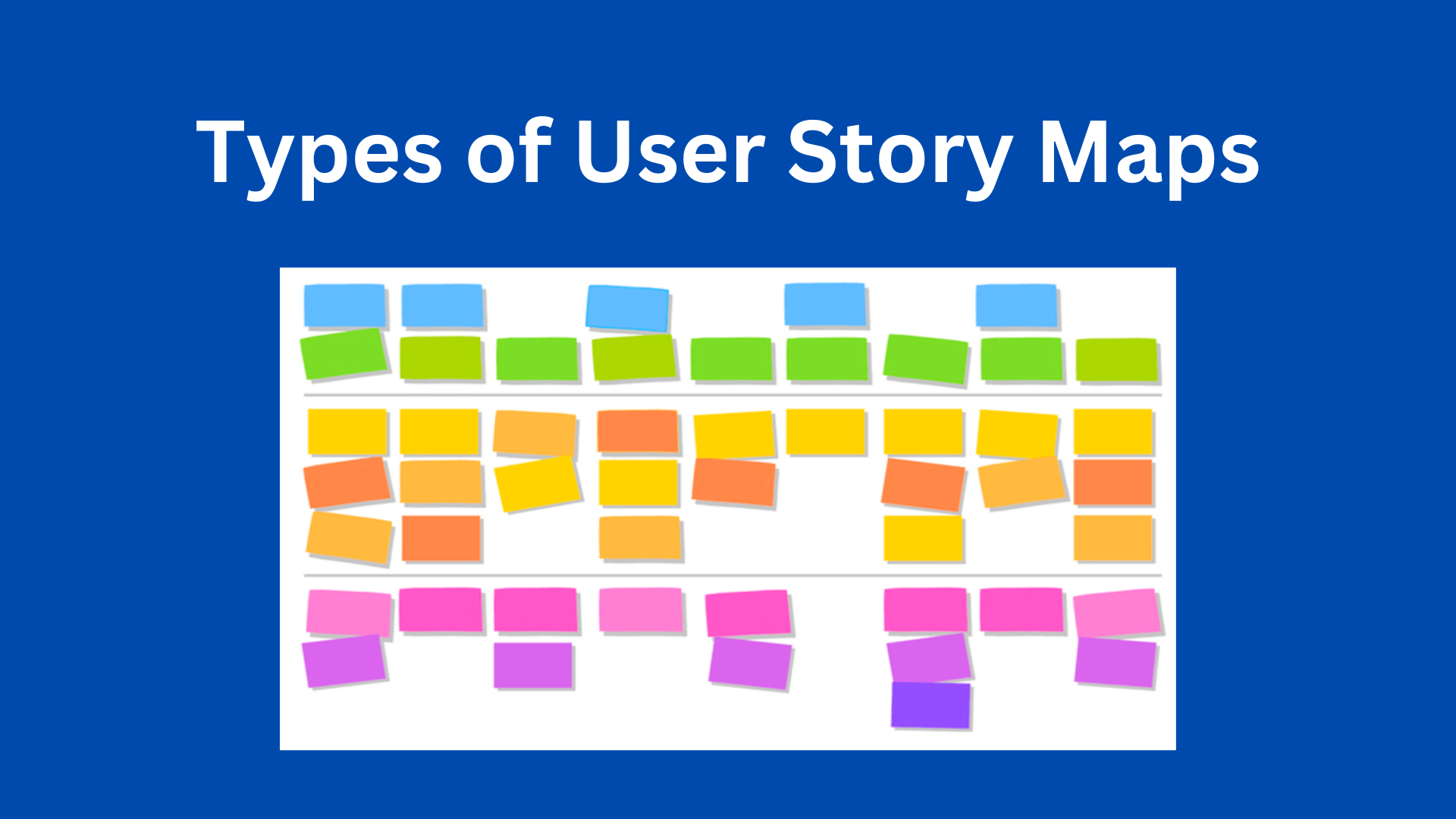
Types of User Story Maps
Learn more:
Table of Contents
So how many types of User Story Maps?
There are several types of User Story Maps, including:
Traditional User Story Map: This type of map typically consists of a grid or table that lists the different stages or events in the user’s journey and the corresponding user stories that describe the experience at each stage. The goal of a traditional user story map is to provide a comprehensive overview of the user’s journey, including their motivations, goals, and challenges.
Agile User Story Map: This type of map is used in Agile software development to help teams prioritize features and keep the development process aligned with user needs. Agile user story maps are flexible and iterative, allowing teams to adjust and refine the map as they learn more about their users and their needs.
Minimum Viable Product (MVP) User Story Map: This type of map is used to help teams prioritize the most critical features for a successful launch. The MVP user story map focuses on the minimum set of features that are required to deliver value to users and achieve the desired outcomes.
Customer Journey Map: This type of map provides a holistic view of the customer experience, including their interactions with the company and its products or services. The goal of a customer journey map is to identify pain points and areas for improvement in the customer experience.
Empathy Map: An empathy map is a tool used to understand the thoughts, feelings, and motivations of users. This type of map is typically used in user research and is a useful tool for building empathy with users and gaining a deeper understanding of their experiences.
Personas User Story Map: This type of map combines user personas with the user journey to provide a more detailed representation of the target audience and their needs. The goal of a personas user story map is to provide a more personalized view of the user’s journey and help teams understand the motivations, goals, and challenges of their users.
Contextual Inquiry User Story Map: This type of map combines user research with a traditional user story map to provide a more in-depth understanding of the user’s experience. Contextual inquiry user story maps are used to gain a deeper understanding of the context in which users interact with products or services and to identify opportunities for improvement.
This is not an exhaustive list and there may be other types of user story maps that have different names or variations. The choice of which type to use will depend on the specific needs and goals of the team and the product or service being developed.
What will User Story Maps look like?
Here is an example of a User Story Maps for Jira:
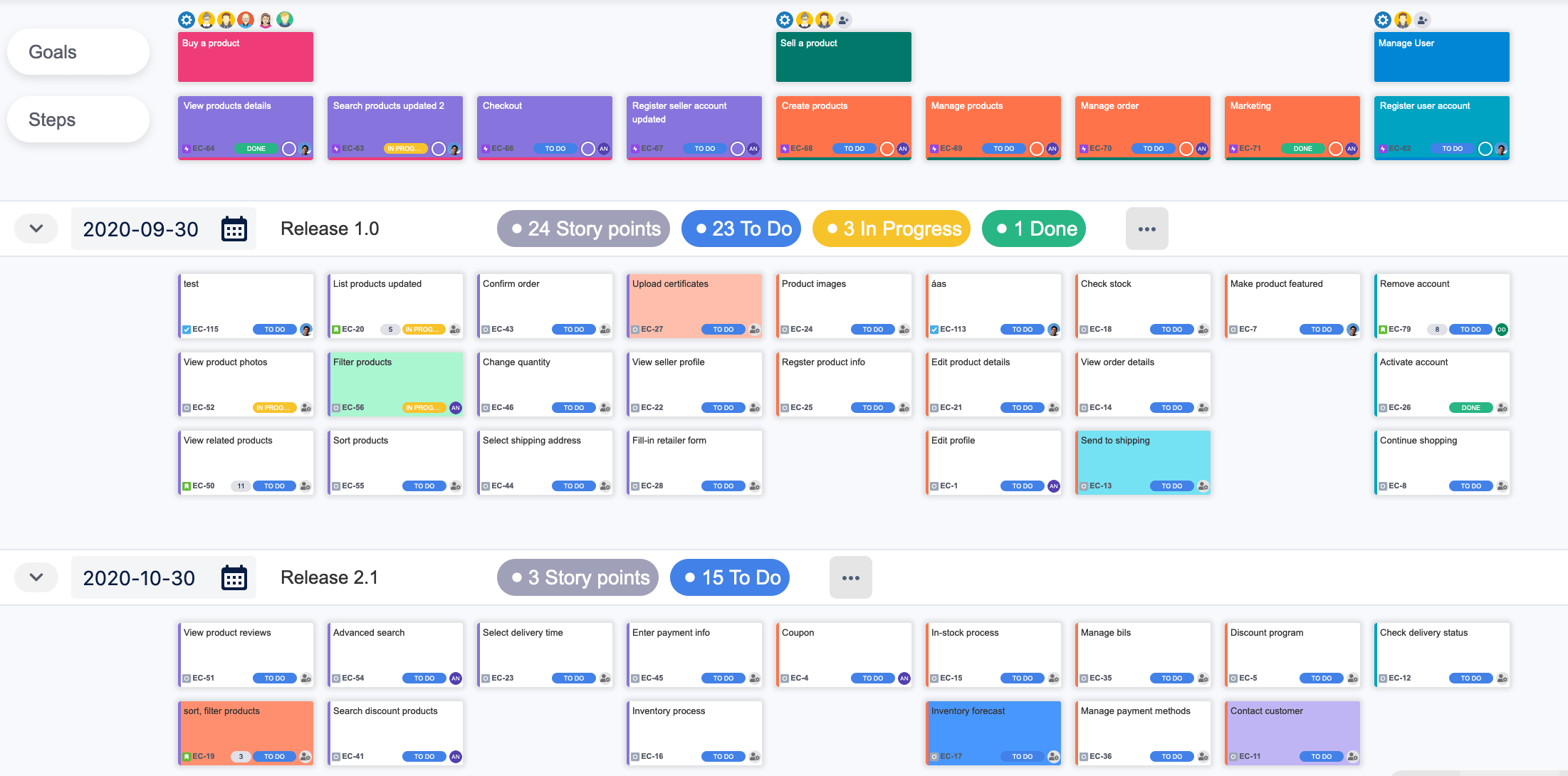
The Benefits of User Story Mapping
Agile User Story Maps, Roadmaps & Persona for Jira is made to help companies and teams with user analysis, managing product backlogs, and keeping track of your projects is simplified with its unique functionalities for Portfolios, Projects, and Agile Boards, along with visual models from the user’s perspective.
Keep your eye on the big picture by planning by release or sprint.
Plan your projects with your team and view them in a story map or road map view.
Rework your structures by dragging and dropping them to organize them. Facilitate product discovery, and prioritize tasks.
Create User Personas and user journeys that help your team be customer-focused
Click to learn more & install: Agile User Story Maps, Roadmaps & Persona for Jira
Conclusion
There are many different types of user story maps. Each type of map has its own strengths and weaknesses, and the choice of which type to use depends on the needs of the team and the nature of the product or service being developed.

